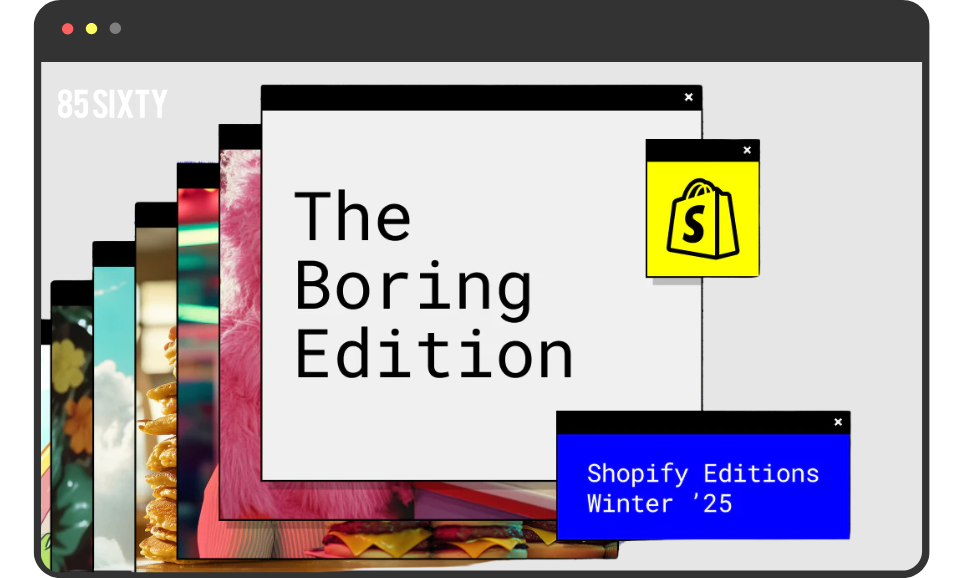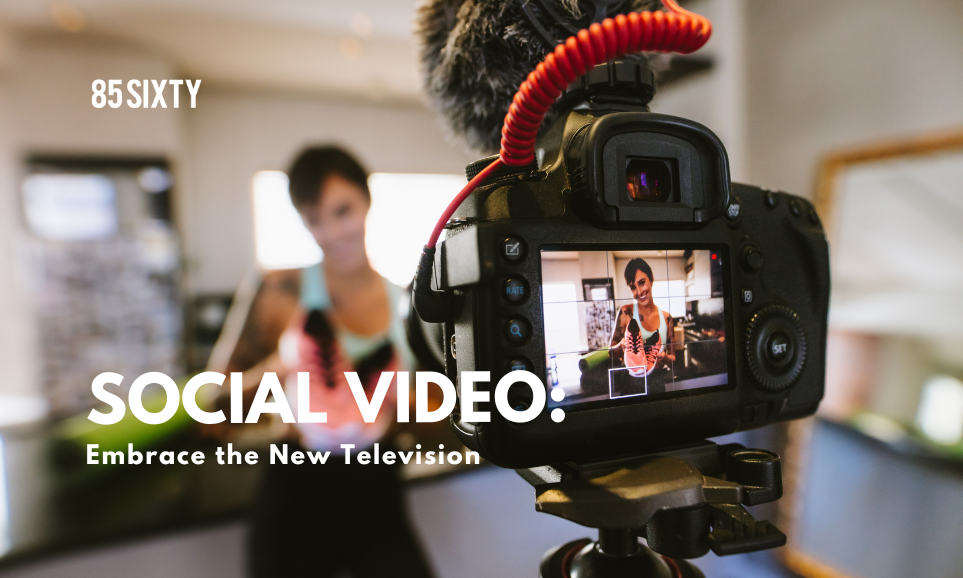
3 Ways To Ensure Increased Performance From A Website Redesign Project
So you’ve decided to redesign your eCommerce website experience, that’s fantastic! Now buckle up buttercup and realize the road ahead. What’s the end game? How will you get there? When will you sleep (just kidding, but really)? We’re assuming you’ll want to avoid a conversation with an executive expressing how great the new site looks, then asking why performance is down. This piece will break out three ways to ensure your redesign project increases those performance numbers.

Make it Measurable
In the eCommerce world, things change rapidly, especially customer expectations and available technologies. And just to make it simpler, the industry is chock full of consultants recommending “personalization” or explaining the advantages of “going headless”. Make no mistake, these are things to think about, however one thing we can all agree on is that a website redesign must realize some measurable improvement to your experience. Establish measurable goals and use them to evaluate against decisions made for your redesign project. Continuously ask the question, does doing X impact A, B, or C? Now, let’s take a look at three strategies for website redesigns.
Strategy #1: KNOW THY CUSTOMER
We cannot stress enough the importance of collecting data about your current prospects and customers. A simple (but not so simple) question to ask yourself is this, “Who are we redesigning this site for?” Danger Will Robinson, not understanding or applying customer behavior to a site redesign is like proposing with a Pez dispenser instead of an engagement ring, it’s probably not going to elicit the desired response.
To put it simply, it’s all about matching incoming motivation and harnessing perception of value. The fundamentals of human decision making are in play here and being able to identify and execute at a high level depends on how well you know your audience.
You can learn quite a lot about customer perception and behavior by analyzing your current experience and detailing what is and isn’t working for your audience. Oftentimes, the newness of a redesign can put blinders on marketers (the shiny object effect). To counter this, ensure things that are already performing well make it into the new website experience.
Conduct voice of customer (VOC) gathering with surveys and analysis of reviews and chat/call logs. If you have the ability, conduct focus groups or customer interviews to further determine what drives your audience.
Pro Tip: Analyze the current customer journey and create a journey map.
Strategy #2: KNOW THYSELF
What is your ultimate goal(s) for doing a redesign? This is the part where you make a list. Be prepared to define and justify each reason and more importantly solidify these as future expectations. Be aware that you may end up not needing what you think you need or you may find that you need quite a bit more. Prioritize this type of information gathering even before hiring agency partners, it will indubitably help you find the best fit.
The next self awareness initiative is to dial in your value proposition, brand message, and content direction. Too many businesses do this after the redesign is already underway and then find themselves scrambling to ‘fill in’ the gaps. Do not make the mistake of presenting filler content that fails to add value to your experience. Everything you present to visitors should be a purposeful representation of your strategic direction.
Pro Tip: Write your value proposition and goals down. Socialize these throughout your organizational team and with your agency partners.
Strategy #3: EXPERIMENTATION!
The beautiful thing about having an online experience is that you have your own customer research lab available to you. This is one of your most valuable tools and a game changer for resource allocation during a redesign process and beyond. As you compile your pre-redesign research, you will start to make some assumptions about what enhancements to make. Test working versions or ‘conceptual’ variations on your current experience to validate with your audience.
It is ideal to test navigation architecture, product information, branding, and content direction. This will save both time and budget as you begin allocating design and development resources to your redesign scope. It is far more efficient (and less costly) to work on things you are confident in, than applying budget to unproven theories you will need to redo later. Also, avoid the awkward ‘performance is down’ post redesign conversation. Be a redesign hero instead!
Pro Tip: Design and Development use the majority of your redesign budget. Use your current experience to test & validate redesign concepts before applying precious resources to them. Also, you will be more confident in the results!!
Making it Happen
Redesigning a website experience is a huge undertaking. To ensure successful use of resources that are justified by increased performance, take the time to know your customer’s motivation, top values and the content that resonates with them. Know yourself including goals, value proposition, brand message and content capabilities. Validate assumptions by testing your current experience so you are confident that resource allocation will generate a return. Be a hero by providing these strategic activities in your budget proposal and bolster confidence that your website redesign initiative will be a success.
At 85SIXTY, we do this everyday. If you are currently planning or considering a redesign project we’d love to help you get started!
To get started, complete the form here for a free consultation.



